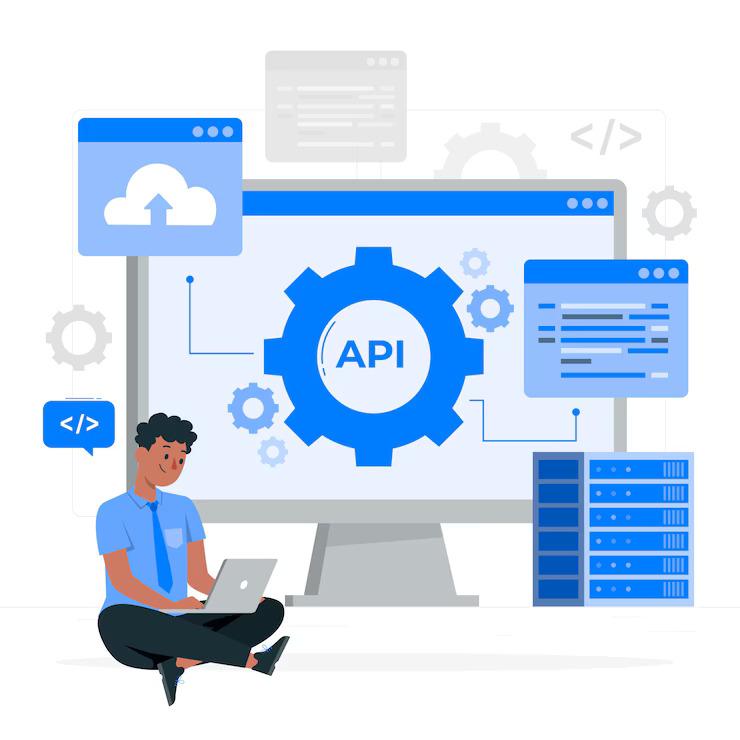Service Detail

API Development
API (Application Programming Interface) development involves creating interfaces that allow different software applications to communicate and exchange data, enabling functionality sharing and integration.
Key Features:
Design Principles:
Consistency: Maintain consistent naming conventions and response formats for ease of use and understanding.
Security Features:
Authentication and Authorization: Implement robust mechanisms to verify user identities and grant appropriate access levels.
Data Encryption: Protect sensitive data in transit and at rest using encryption protocols like HTTPS.
API Keys: Use API keys to authenticate and authorize access to the API.
Tools and Technologies:
API Gateways: Use API gateways to manage and secure API traffic, providing a single point of entry for API calls.
API Documentation: Create comprehensive and user-friendly API documentation to help developers understand and use the API effectively.
API Testing Tools: Utilize API testing tools to ensure the API functions correctly and meets performance requirements.
Benefits:
Reusable Code: APIs allow developers to reuse existing functionalities and code, reducing development time and effort.
Faster Development: By leveraging pre-built functionalities, developers can accelerate application development and bring products to market faster.
Seamless Integration: APIs enable different applications and systems to communicate and exchange data seamlessly, fostering interoperability.
Microservices Architecture: APIs are crucial for building microservices architectures, allowing for modular, scalable, and independent services.
Better Customer Experience:
Enhanced Functionality: APIs allow developers to integrate third-party services and functionalities into their applications, enhancing user experience.
